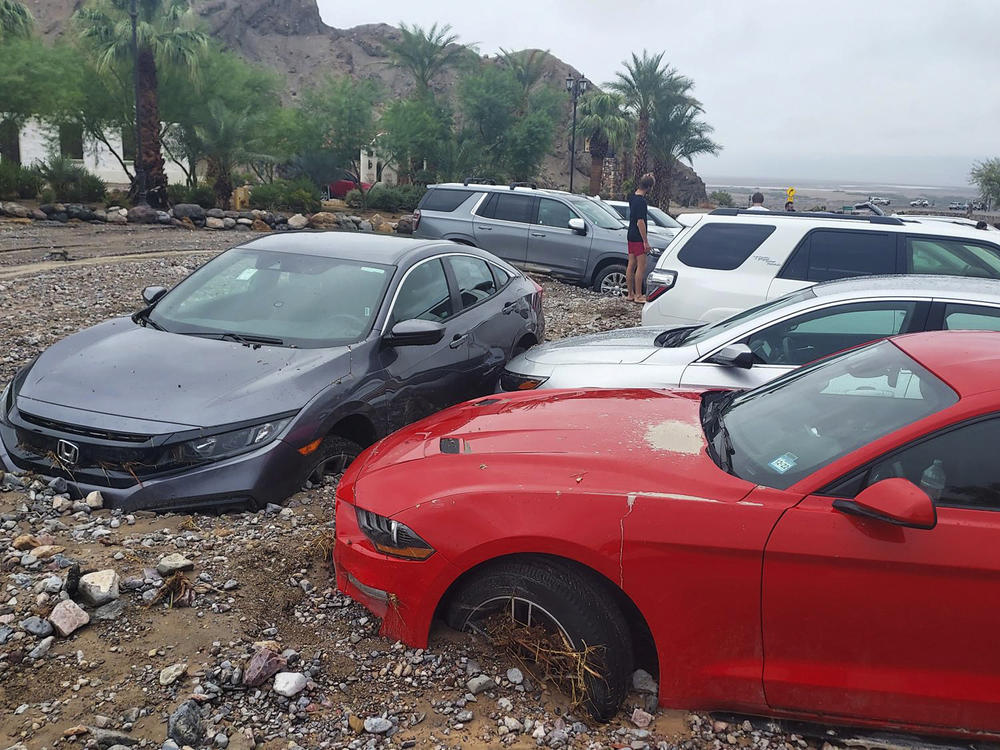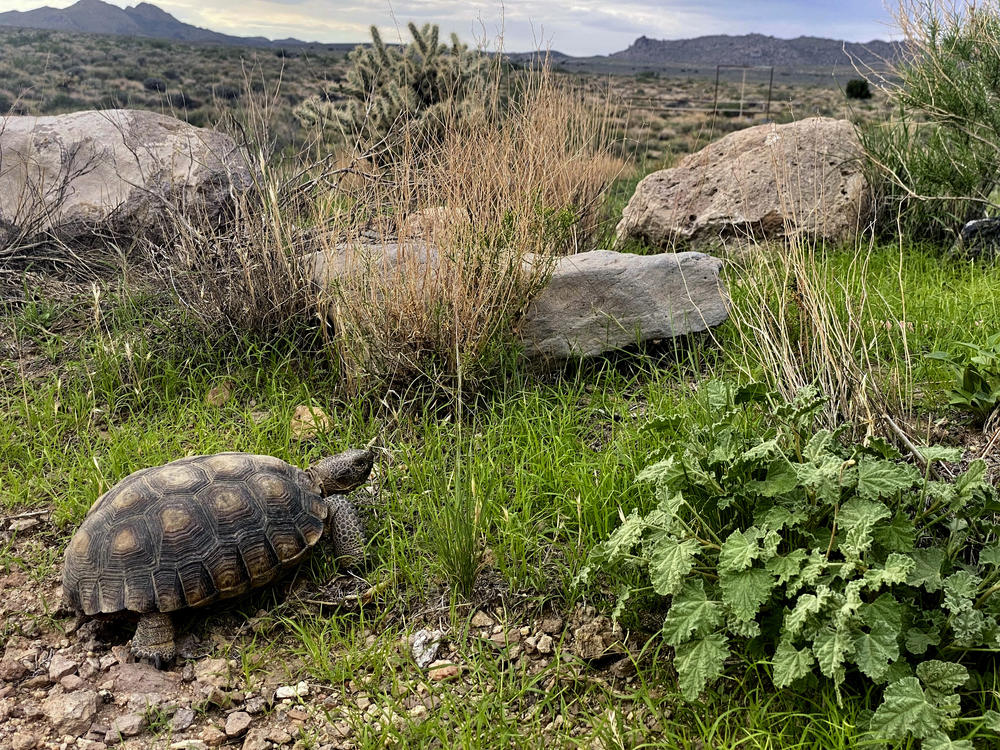Section Branding
Header Content
Flood-damaged Death Valley will reopen popular sites to the public
Primary Content
DEATH VALLEY NATIONAL PARK, Calif. — Death Valley National Park's most popular sites will reopen to the public on Saturday, two weeks after massive flash-flooding, but the National Park Service cautioned visitors to expect delays and continuing road closures.
Locations that will reopen include the Furnace Creek Visitor Center, Badwater Basin, Zabriskie Point and Mesquite Sand Dunes, according to the park's Facebook page.
Access to the park will be limited to State Route 190 and to the Panamint Valley Road.
Death Valley was hit on Aug. 5 by historic downpours from monsoonal thunderstorms that caused millions of dollars in damage to roads and facilities.
State Route 190 through the park was reopened at about 5 p.m. Friday, two weeks after it was shut down because of flash flooding that damaged miles of the road shoulder, the California Department of Transportation announced.
Crews will continue to fill in sections that were washed away and drivers may experience some slowdowns and lane closures into the fall to allow for repairs, Caltrans said.
Visitors were warned to plan ahead and not to rely on GPS devices because all other paved roads will remain closed for repairs and because backcountry roads are still being assessed.
This summer's very active monsoon has also damaged roads elsewhere in California's deserts, including the Mojave National Preserve and the south side of Joshua Tree National Park.
Joshua Tree park officials urged visitors to drive carefully and to keep an eye out for desert tortoises because the water encourages them to emerge and they can be mistaken for rocks on roads.
The National Weather Service's San Diego office said another surge of monsoonal moisture will increase the chance for mountain and desert thunderstorms through the weekend. Another surge is expected in the middle of next week.
Copyright 2022 NPR. To see more, visit https://www.npr.org.


